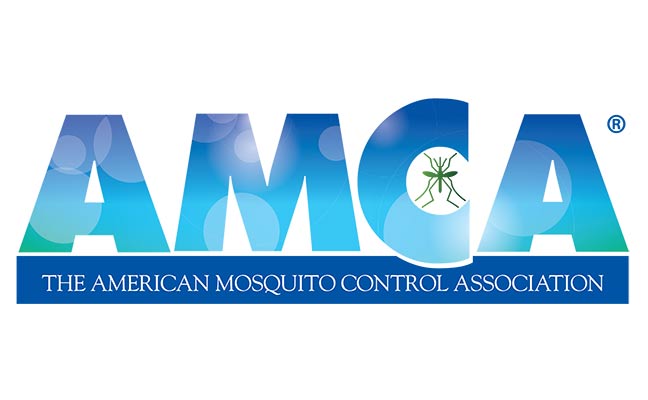 The Sacramento, Calif.-based American Mosquito Control Association (AMCA) recently published an update to its Best Practices for Integrated Mosquito Management manual. It now includes new information on managing Culex species and reducing arbovirus transmission.
The Sacramento, Calif.-based American Mosquito Control Association (AMCA) recently published an update to its Best Practices for Integrated Mosquito Management manual. It now includes new information on managing Culex species and reducing arbovirus transmission.
“A significant part of AMCA’s mission is to provide leadership and education to mosquito control professionals protecting public health,” AMCA President Dr. Mark Breidenbaugh noted in a news release. “I’m very excited about this manual because it is an ever-evolving document, which allows it to continually modernize as our technology progresses — thus, continuing to be relevant and useful to our stakeholders with both established and developing programs across the country.”
The Centers for Disease Control and Prevention (CDC) funded the update to help AMCA create publicly available resources dedicated to addressing the growing threat posed by vector-borne disease and train the nation’s vector control workforce.
“CDC is committed to reducing illness and death from vector-borne diseases,” Dr. Roxanne Connelly, Chief Entomologist, CDC’s Division of Vector-Borne Diseases, said in the news release. “This includes ensuring local professionals have the tools they need to implement science-based approaches to mosquito control. Public health requires collaboration at many levels, and we’re happy to partner with AMCA to get this important resource out.”
The AMCA notes that factors such as insecticide resistance, climate change, and expanding urban environments increase the threat posed by mosquitoes and other vectors, such as ticks, to public health.
“Culex mosquitoes can spread West Nile virus (WNV) and other arboviruses to people that cause death and disease. Currently, we are seeing a spike in WNV-positive mosquito pools and
human disease cases in several parts of the U.S.,” AMCA Technical Advisor David Brown said in the news release. “The updated manual provides information addressing how to perform surveillance and best manage these mosquitoes, while minimizing the impact on the environment.”
A previous update to the manual focused on yellow fever (Aedes aegypti) and Asian tiger (A. albopictus) mosquitoes, two other species that can threaten public health. With the new information on managing Culex mosquitoes, the manual provides best management practices for controlling most of the disease-causing mosquitoes in the U.S.
The updated, 105-page manual can be viewed and downloaded online as a PDF here.
The post AMCA updates best practices IPM manual with <i>Culex</i> information appeared first on Pest Management Professional.
from Pest Management Professional https://www.mypmp.net/2021/12/29/amca-updates-best-practices-ipm-manual-with-culex-information/
Sacramento CA
No comments:
Post a Comment